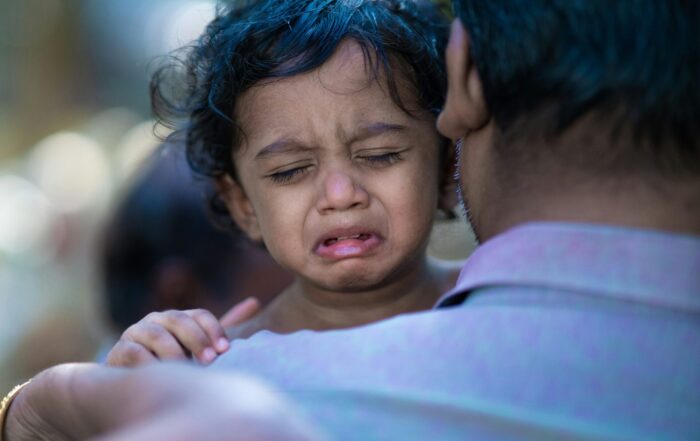
By Benjamin E. Saunders, PhD and Zachary W. Adams, PhD
The epidemiology of traumatic experiences in childhood is a key context for research, clinical treatment, program management, and policy development. This article discusses the conceptual, methodological, and programmatic challenges in precisely answering even relatively simple questions concerning the basic prevalence and incidence of important trauma types among American youth. Findings from studies using nationally representative samples and directly interviewing youth about their trauma histories are reviewed, and lifetime prevalence rates for various types of traumatic experience presented. Clinical application of this information and future directions are discussed.
Understanding the epidemiology of traumatic experiences in childhood is critical to conducting meaningful trauma research, developing effective trauma services and service delivery systems, and efficiently allocating resources for both activities. Without an understanding of the basic topography of these events in the lives of youth, there is a danger of over focusing on extraordinary, emotionally gripping, or highly visible types of events and overlooking less obvious or dramatic, but perhaps highly significant forms of trauma…
Share This Post!
It Happened Here: Dr. Margaret Morgan Lawrence
By NYP History Every time she was turned away, Dr. Margaret Morgan Lawrence, whose career began at NewYork-Presbyterian in the 1940s, found a new opportunity to succeed, eventually becoming the first [...]
The Impact of Childhood Trauma on Developing Bipolar Disorder
By Yann Quidé, Leonardo Tozzi, Mark Corcoran, Dara M Cannon, Maria R Dauvermann Childhood trauma (CT) has been repeatedly linked to earlier onset and greater severity of bipolar disorder (BD) in adulthood. However, such knowledge [...]
Protecting Children from Sexual Abuse in the #MeToo Era
By Nickolas Agathis, MD Do you keep up with any modern social movements, such as #MeToo, #BlackLivesMatter or #KeepFamiliesTogether? The conversations surrounding them are still grabbing widespread attention through social media [...]
Immigrant Health is Interpersonal
By Amanda Venta, PhD Waves of Latinx immigration to the United States have changed in recent decades, and our scientific literature is only beginning to catch up. Regional violence and unrest [...]
Essential Elements of a Trauma-Informed Juvenile Justice System
NCTSN Trauma-informed policies and procedures make juvenile justice organizations safer and more effective by ensuring the physical and psychological safety of all youth, family members, and staff and promoting their recovery [...]
How Childhood Trauma Can Impact the Brain
Written by Kaytee Gillis, LCSW A recent study published in Biological Psychiatry: Cognitive Neuroscience and Neuroimaging finds that childhood trauma can lead to disruptions in two main regions of the brain, the default mode network (DMN) and [...]







